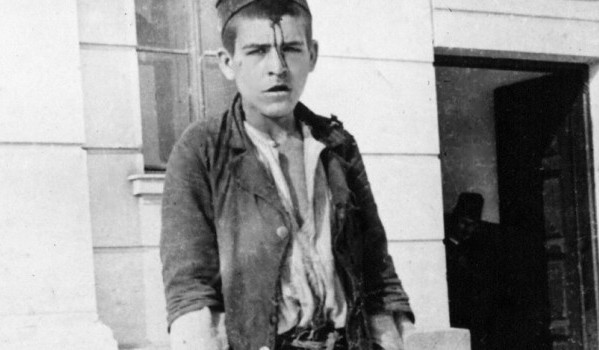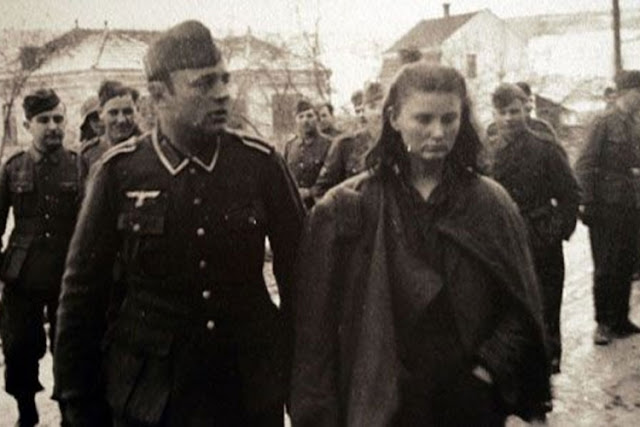Automatic rifle M77 B1 (VIDEO)

Automatic rifle M77 B1 works on Kalashnikov principle, characterized by the efficient and reliable locking system, which prevents accidental firing before it comes to a complete locking. Reliability operation in different climatic and terrain conditions has confirmed the strict testing methods in accordance with military standards. Durability and high precision are achieved by creating pipe by cold forging. Suppressor disperses powder gas and decreases the flash of flames which masks the position of the weapon. Fire selector has three positions: single shot, burst, safe. Mechanical sight with tritium tubes provides the possibility of aiming in conditions of poor visibility. Lining pipes and butt are made of quality beech wood. Grenade sight became part of the kit or is an integral part of the gas chambers and rifle grenade attachment is part of a set of weapons. All automatic weapons Zastava Arms in caliber 7.62 x 51 mm use the same metal frame with a



